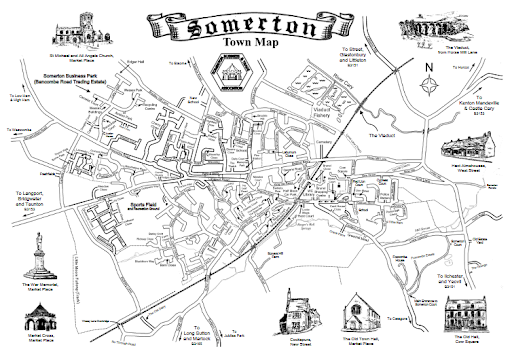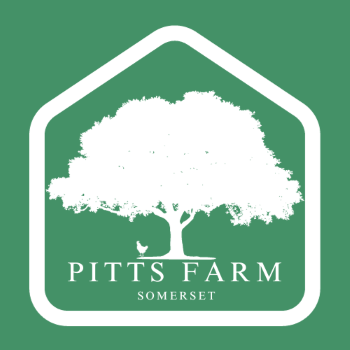Somerton, an old ancient Saxon town, in the possession of the Saxon Kings until after the Middle Ages, had a very small population until the arrival of the Romans. During this period the town’s population grew vastly and around 900 it was rumoured to become the capital of Wessex.
It was an important commercial centre during the Anglo-Saxon era however, after the Norman conquest of England the importance of the town declined, and it lost its County Town status bestowed in 1278 and in 1366 became a Market Town. It has held a weekly market since the Middle Ages and continues to do so to this day.
In the centre of the town is its large market square, surrounded by interesting old buildings.
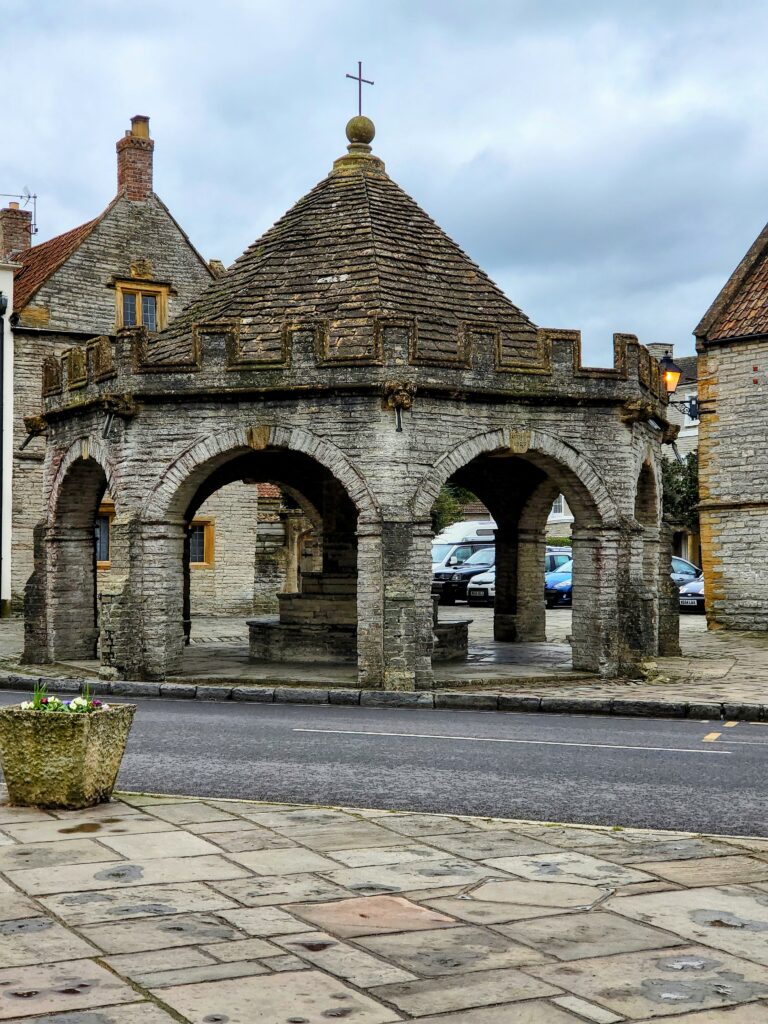
The Ancient Buttercross. Market Crosses have stood in the square since before 1390. The present market cross is known as a butter cross. This octagonal cross was built from stone to shelter perishable items such as milk, butter & cheese and ensure they did not go off in very hot weather as it was both cool and dry.
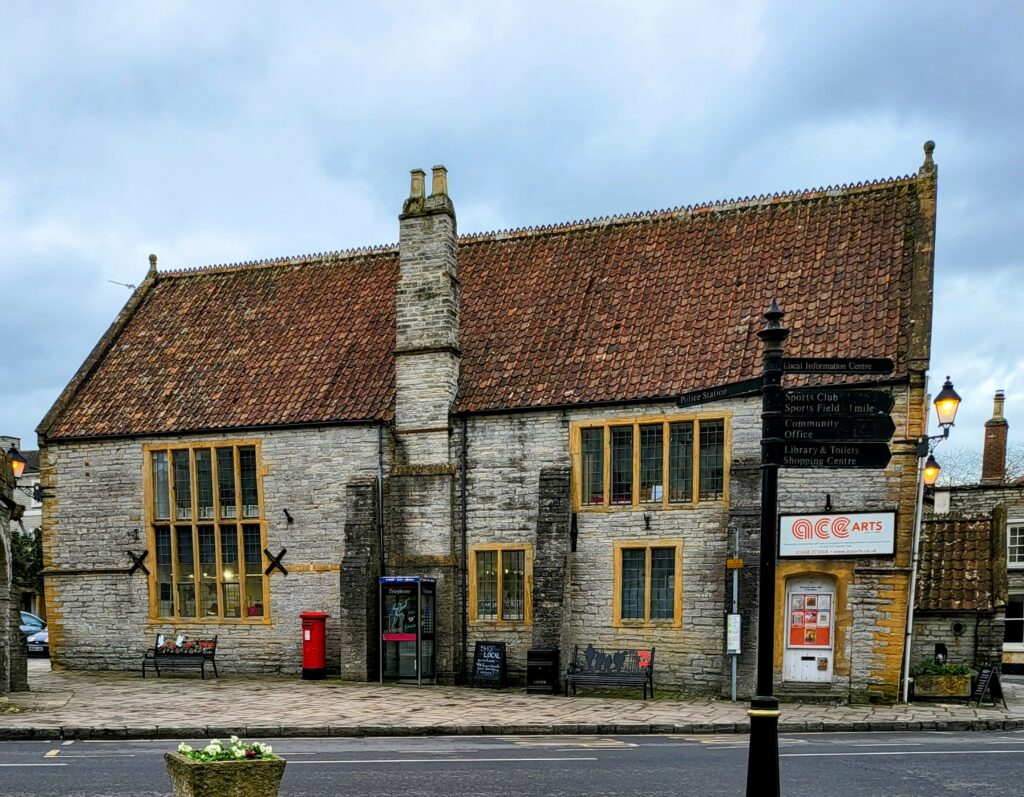
Old Town Hall. Situated in the centre of the marketplace, it was built around 1688 as a market hall to house sellers and their goods, such as corn, flour, fruit & vegetables and provided somewhere dry and clean. Previously sellers were on a busy, muddy, noisy and smelly marketplace, where livestock was sold alongside food produce.
The building has had many uses over the years, but now houses an art gallery & craft outlet. AceArts
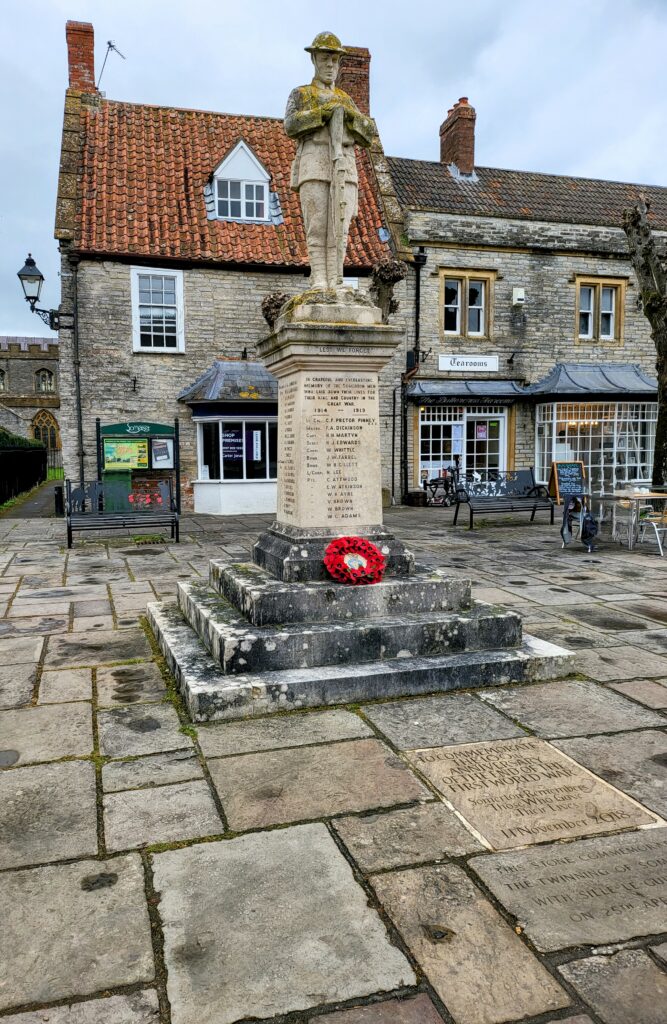
The War Memorial. To commemorate the servicemen & women who sadly died in the 1st & 2nd world wars. The memorial was added to, so it includes the names of the 9 workers who were killed in 1942 when a bomb was dropped on the Somerton Milk Factory.
The inscription reads, ‘Lest we forget. In grateful and everlasting memory of the Somerton men who laid down their lives for their King and country in the great war’ 1914-1919 (Names listed)
1939-1945 (Names listed)
Killed in local air attack 29.9.42 (Names listed)
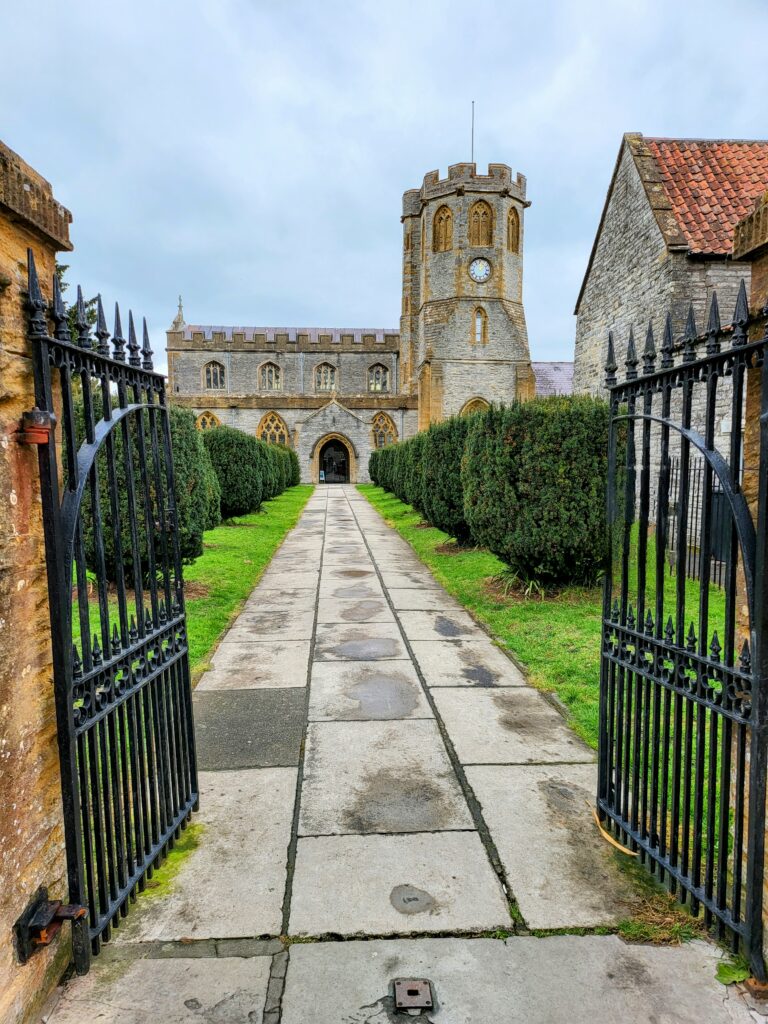
The surrounding streets hold a wealth of history including 3 incredible Churches, the 13th century Church of St Michael & All Angels (which had links to Muchelney Abbey), the West Street Church & the United Reformed Church (now converted into housing).
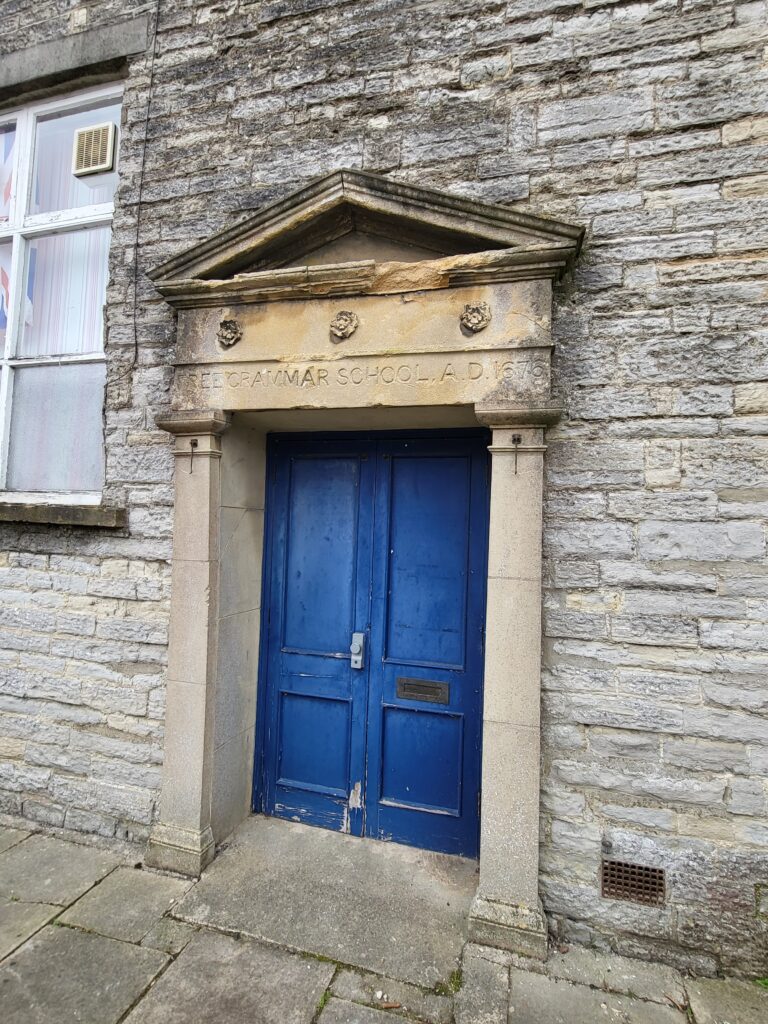
The Old Grammar School. The Free Grammar School dates from 1676, but only moved to its site on Broad Street in 1830. Over the years the building has been used for various purposes & is currently being used by the local youth club.
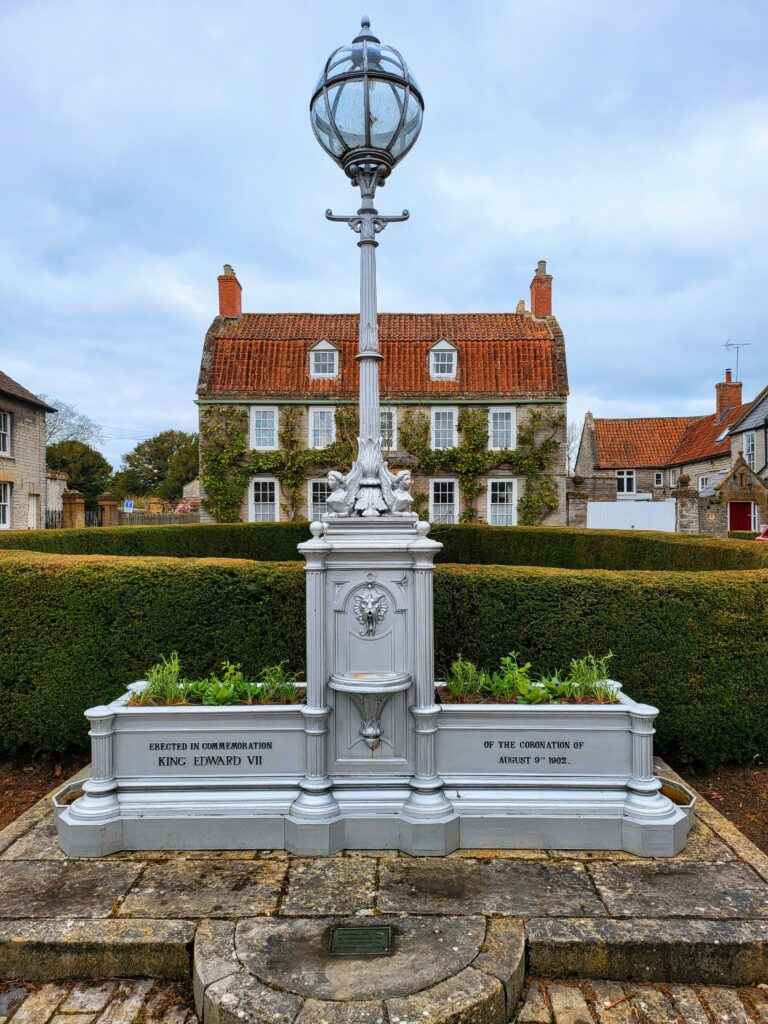
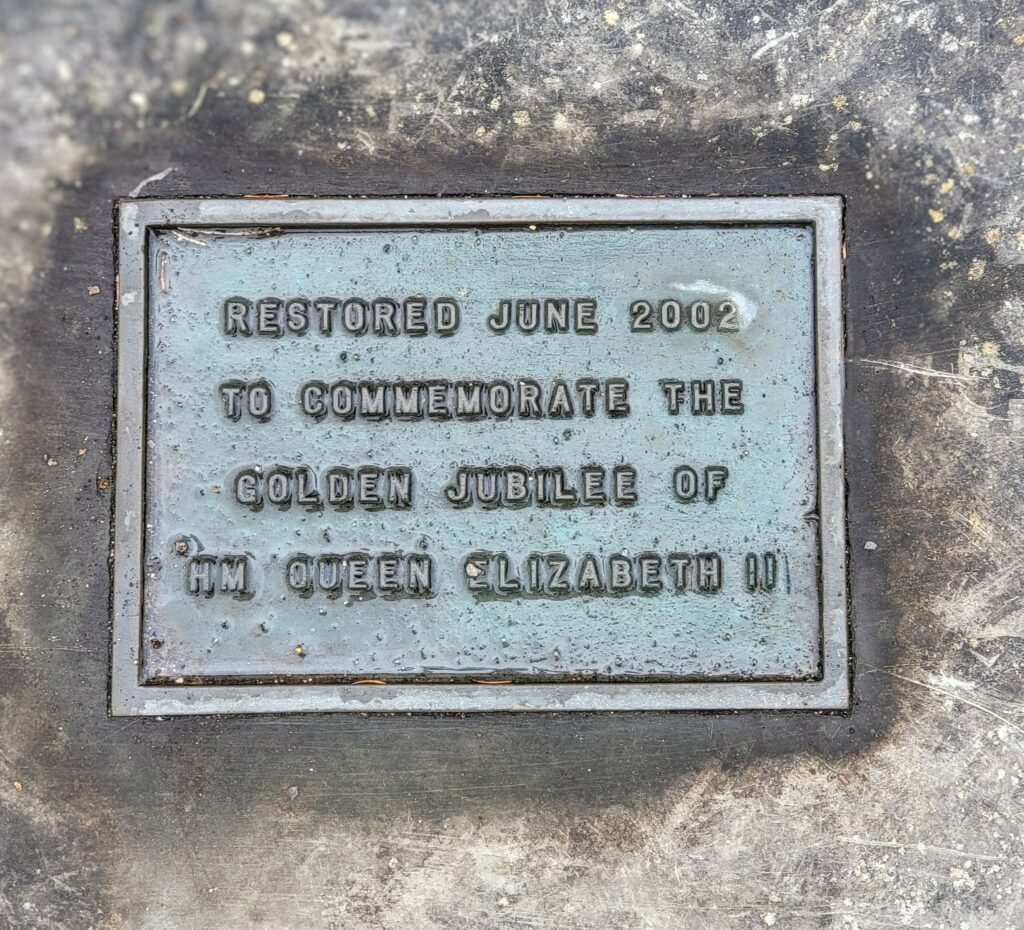
Cow Square, Coronation Fountain & The Old Hall. (Jct of Broad Street / North Street)
Cow Square – named simply due to cows being viewed & auctioned here.
Coronation Fountain was built in 1902 for Edward VII’s coronation, is grade II listed.
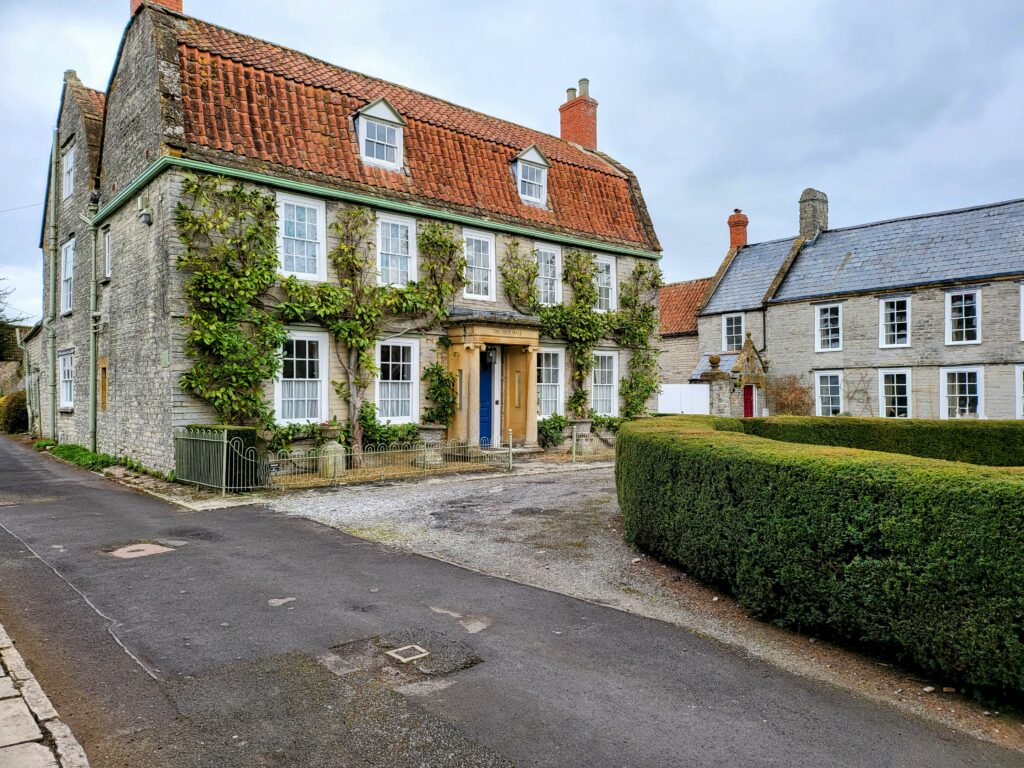
The Old Hall – In 1278 Edward I visited Somerton on his way to Glastonbury. He set up the County Hall & Court of Assizes complete with gaol, in what is known as the Old Hall, making Somerton the head of the county.
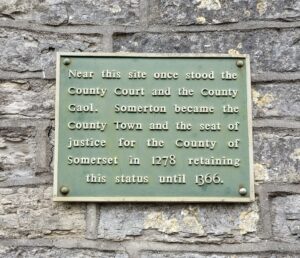
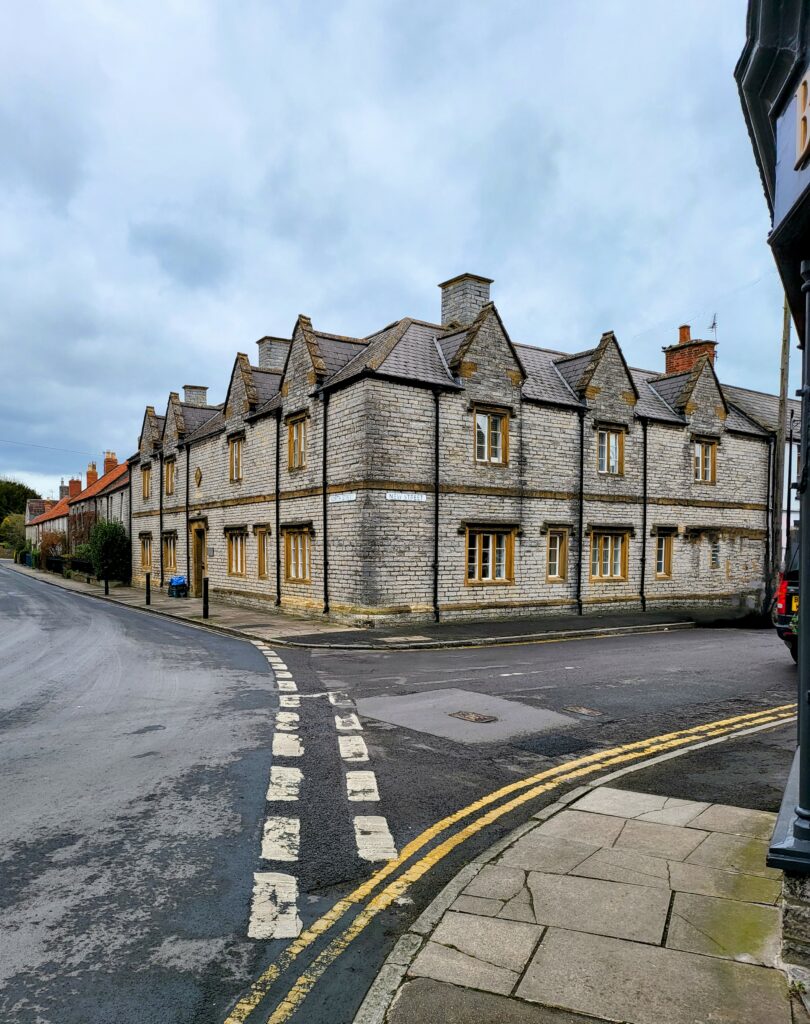
The Scott Gould House (North Street). Built in 1866 it’s named after the lady who donated the money and land to build these Almshouses. One of 2 sets of Almshouses in Somerton, these were specifically built for women. The other is in West Street next to Overt Locke garden centre.
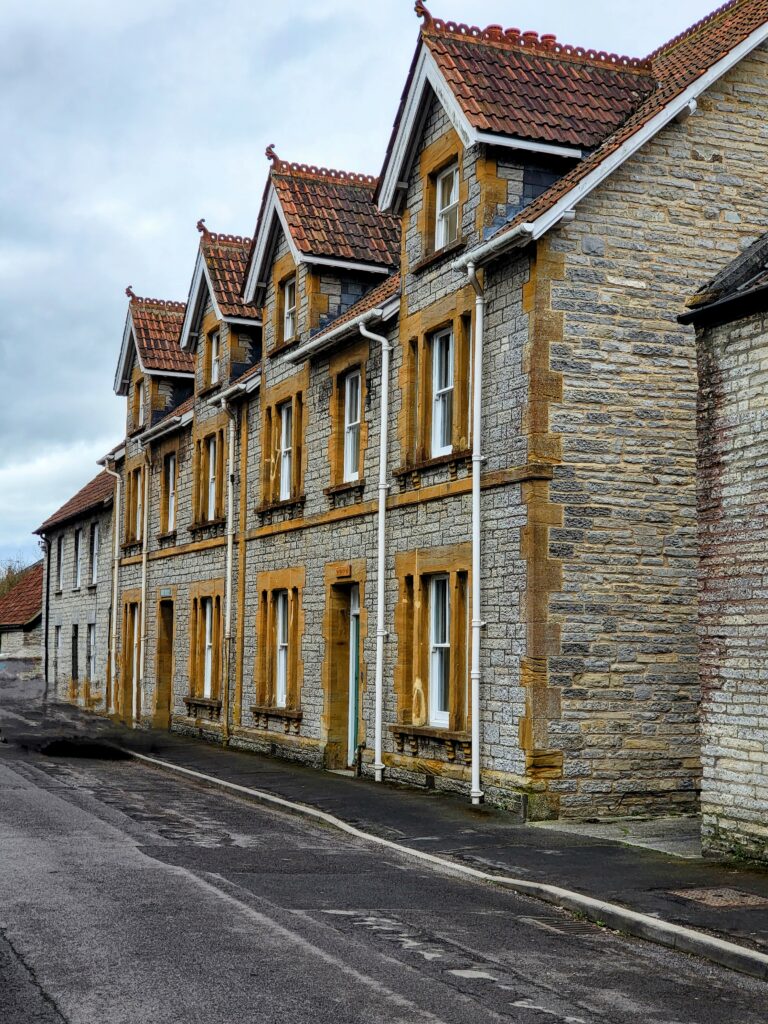
4 Gables (New Street). Nearly opposite the Craft House Chocolate shop, stands a pair of houses with 4 gables, their primary use was as a hospital at the start of the 20th century. This was built for the Somertonians, but often used for the labourers that were working on the railway line during the creation of the viaduct.
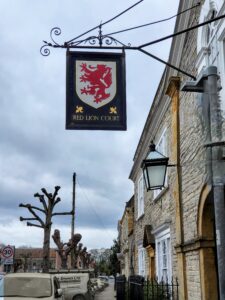
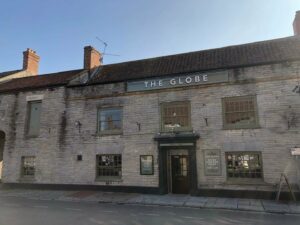
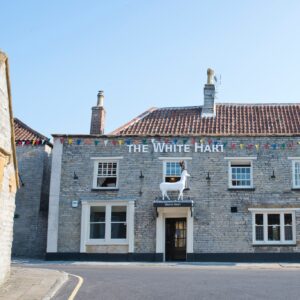
Red Lion Court. This was one of the most popular coaching inns in the town during the 18th century. During this time, Somerton was a thriving coaching centre, where coaches would stop to change horses and travellers could rest and drink. There were approximately 16 inns, mostly surrounding the Market Place area. Two of these still survive – The White Hart and The Globe.
